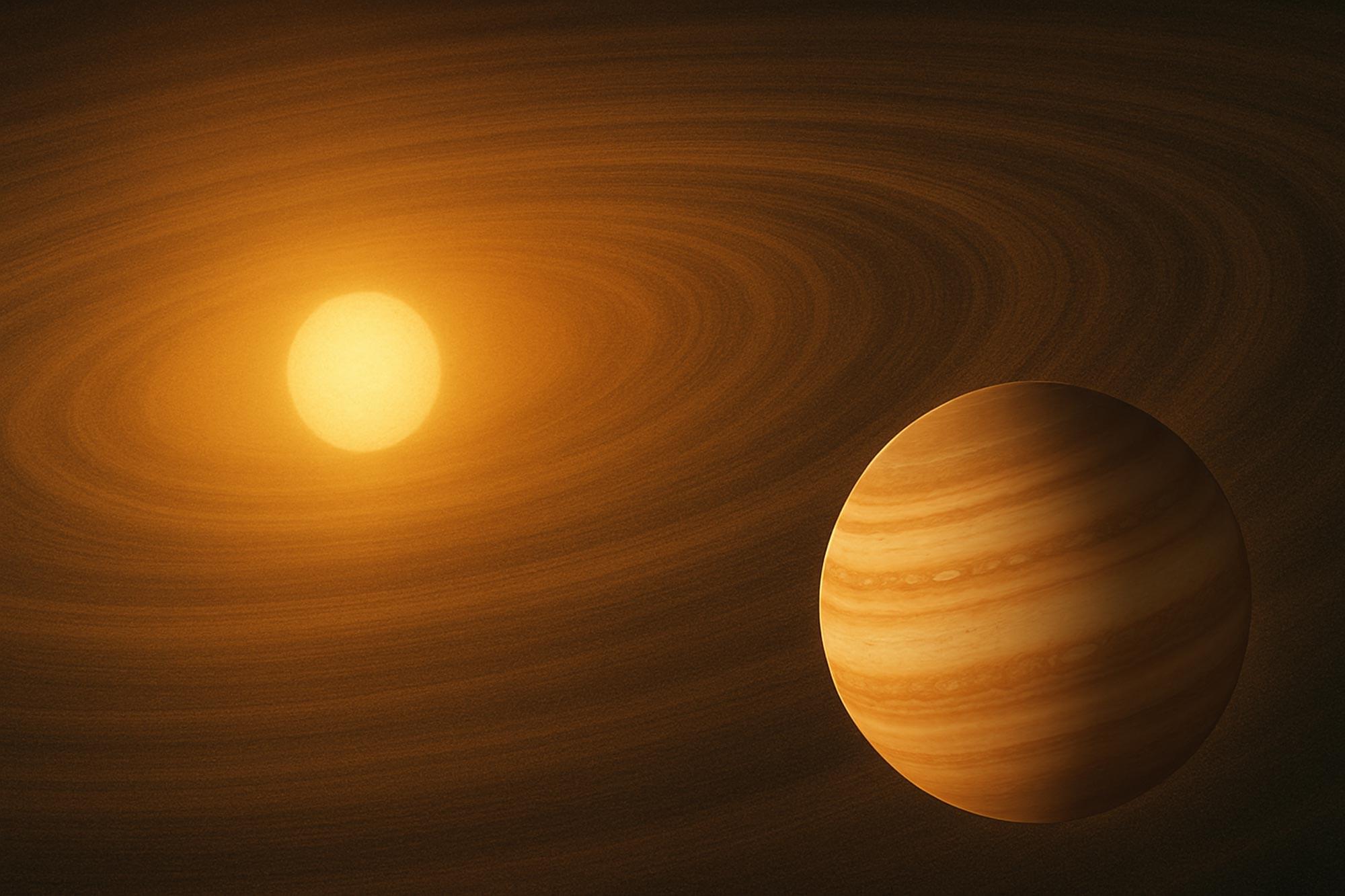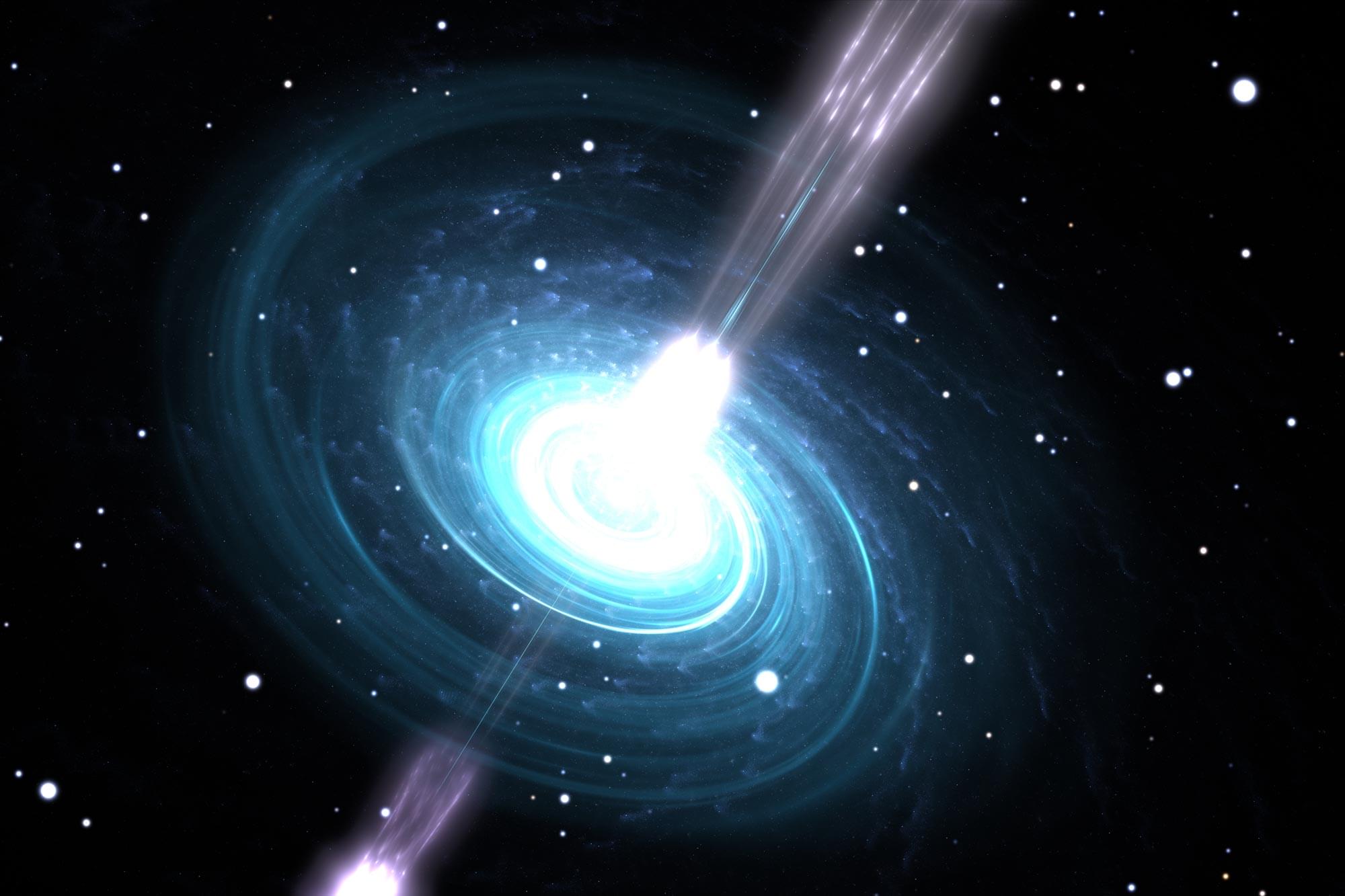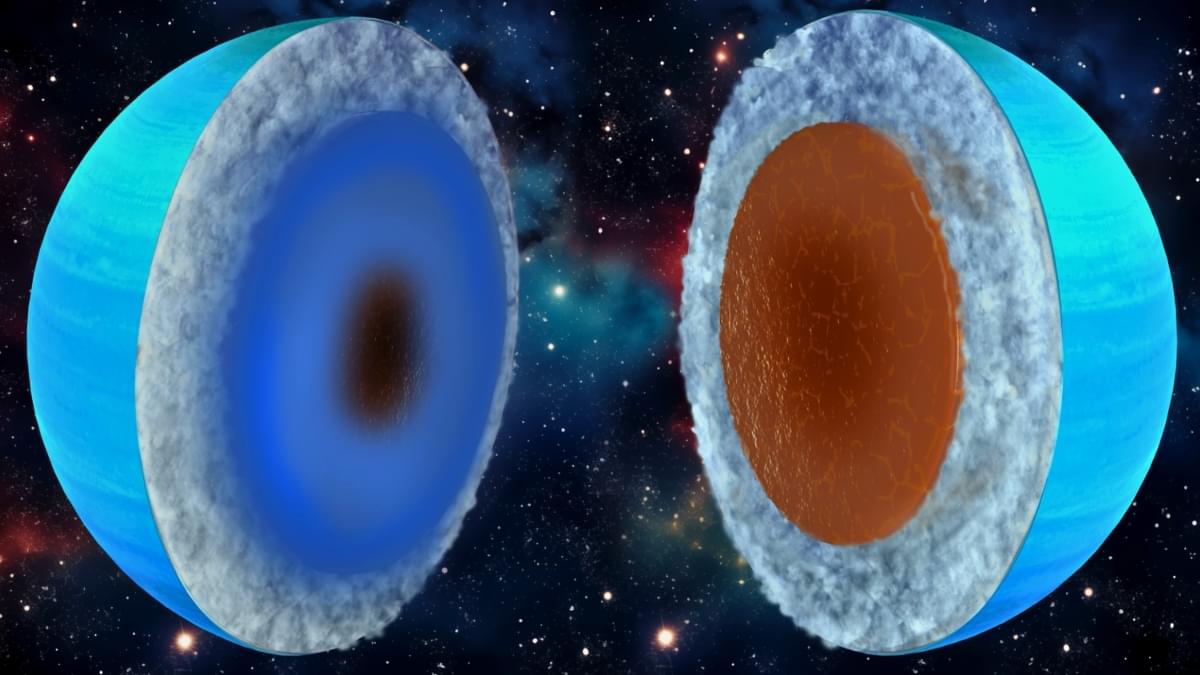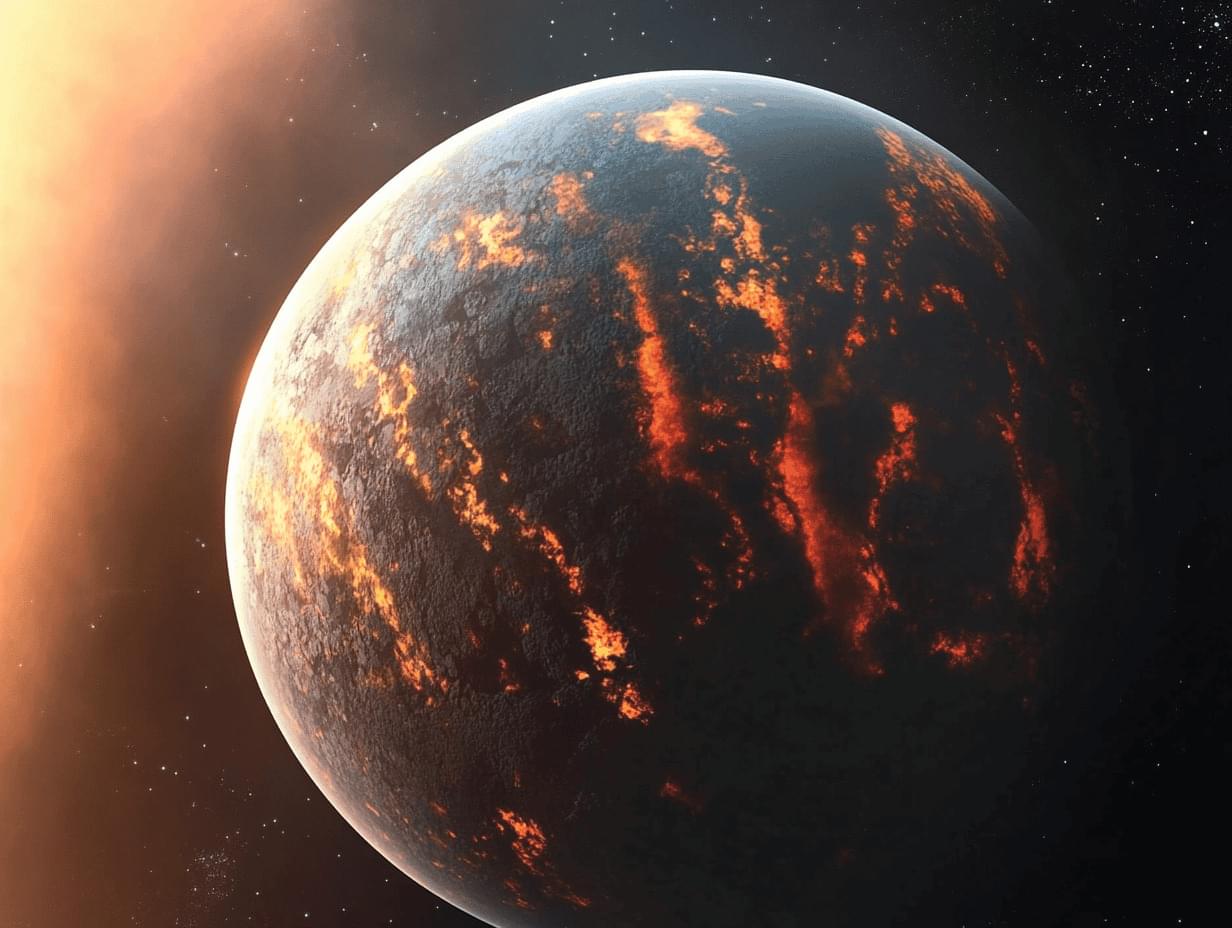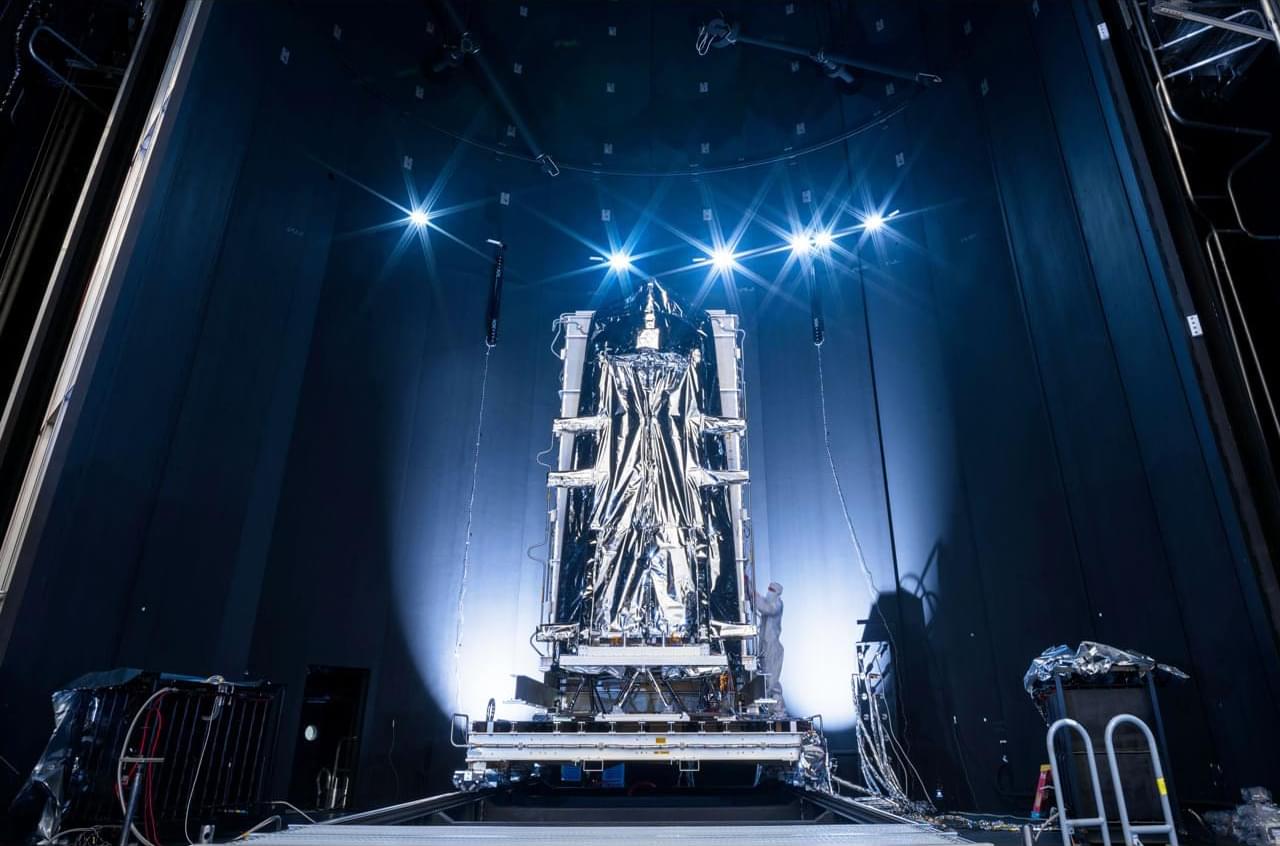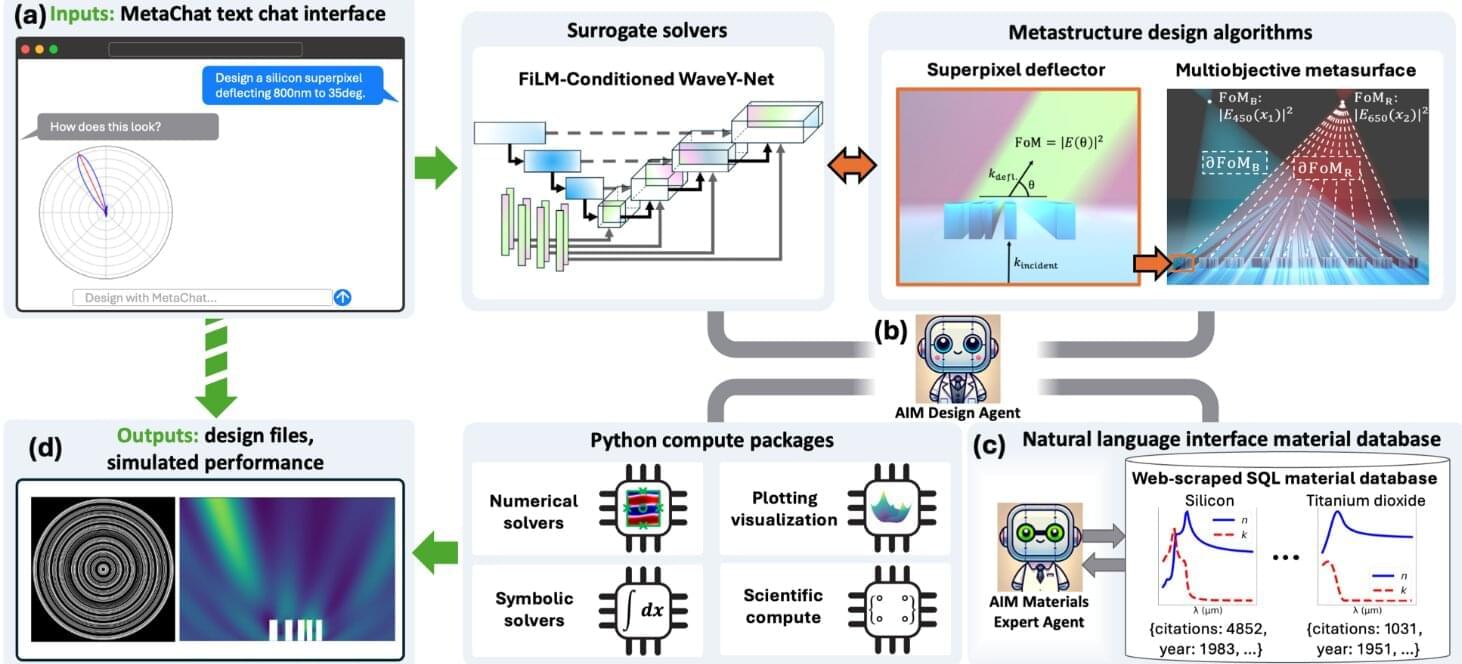Astronomers from the Harvard-Smithsonian Center for Astrophysics (CfA) and elsewhere report the discovery of a new brown dwarf about 60 times more massive than Jupiter. The newfound substellar object, designated TOI-7019 b, is a brown dwarf known to orbit a star that is part of the Milky Way’s ancient thick disk. The finding is detailed in a paper published December 5 on the arXiv preprint server.
Brown dwarfs (BDs) are intermediate objects between planets and stars, occupying the mass range between 13 and 80 Jupiter masses (0.012 and 0.076 solar masses). However, although many brown dwarfs have been detected to date, these objects orbiting other stars are a rare find.
Recently, a team of astronomers led by CfA’s Jea Adams Redai found another rare brown dwarf, which is a companion to the star TOI-7019. This star was initially observed with NASA’s Transiting Exoplanet Survey Satellite (TESS), which detected a transit signal in its light curve. Now, follow-up observations of this star confirmed that the transit signal is produced by a substellar object.

